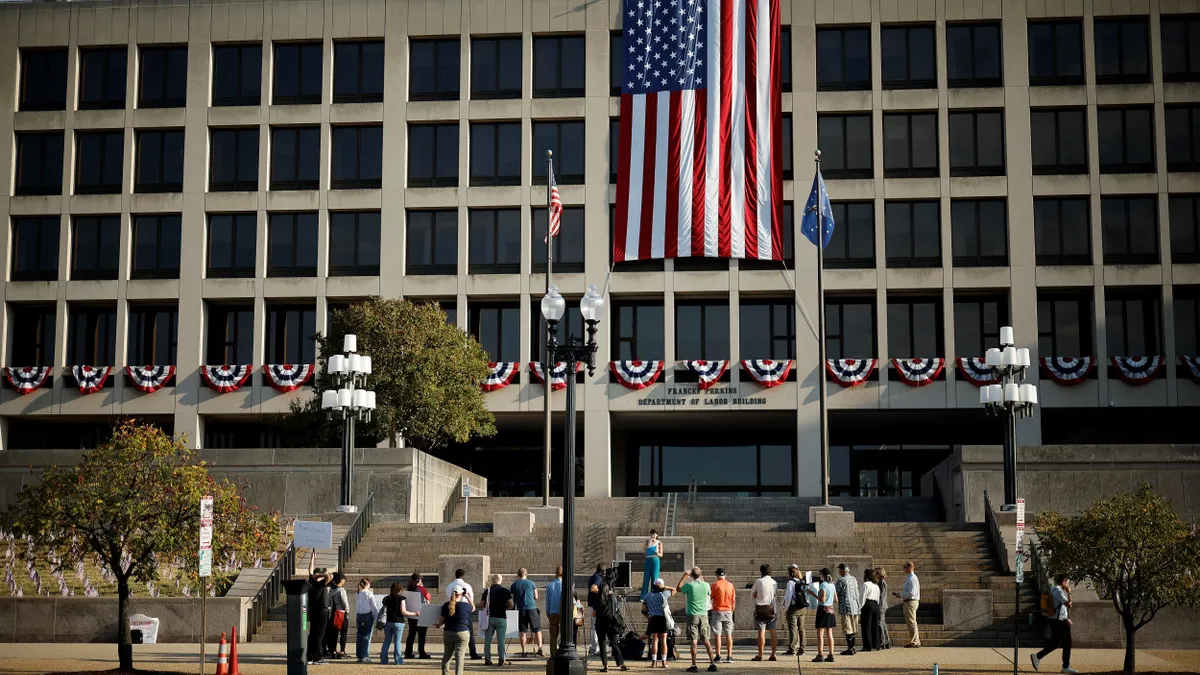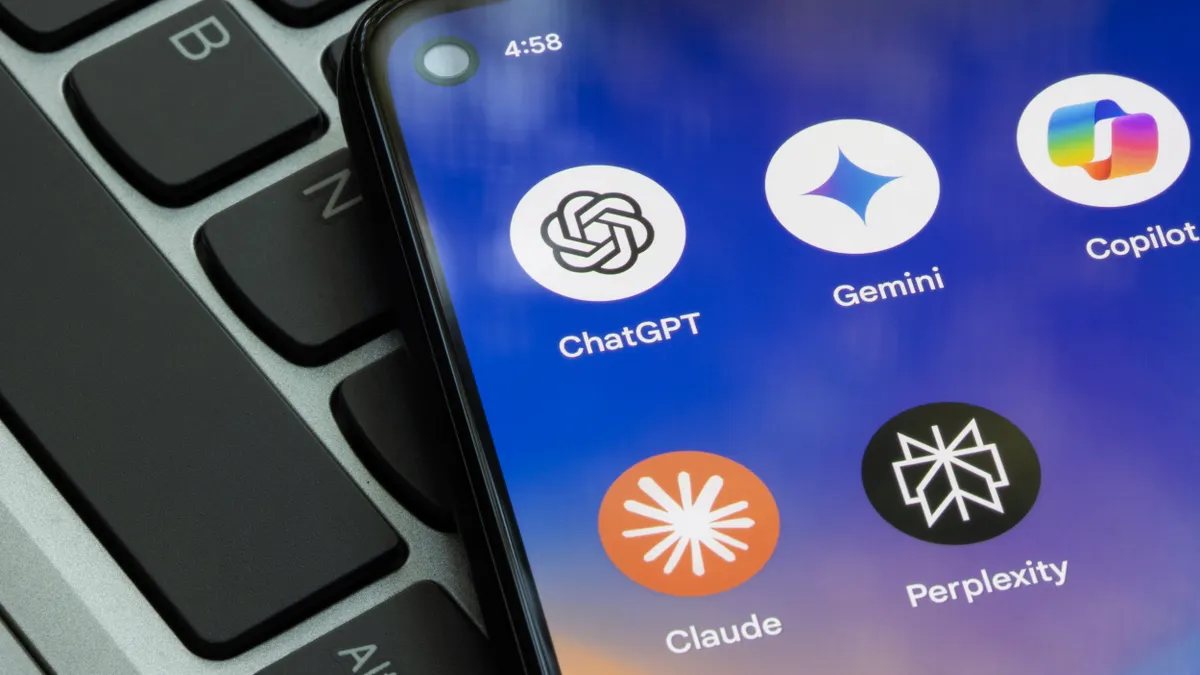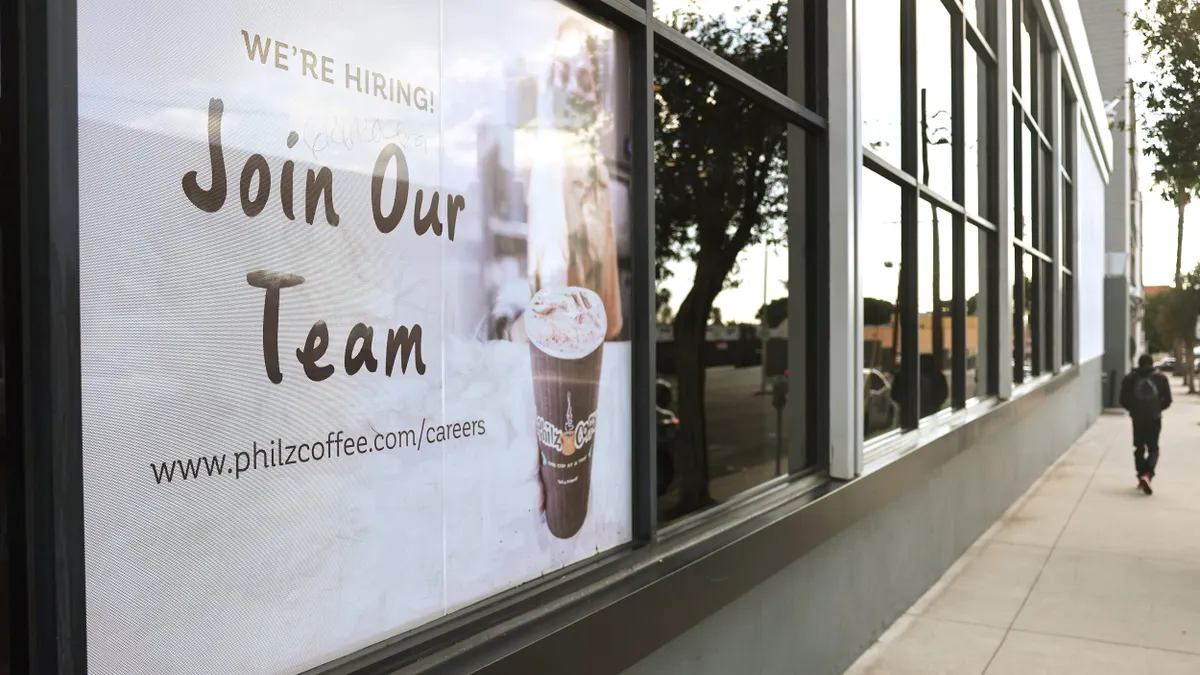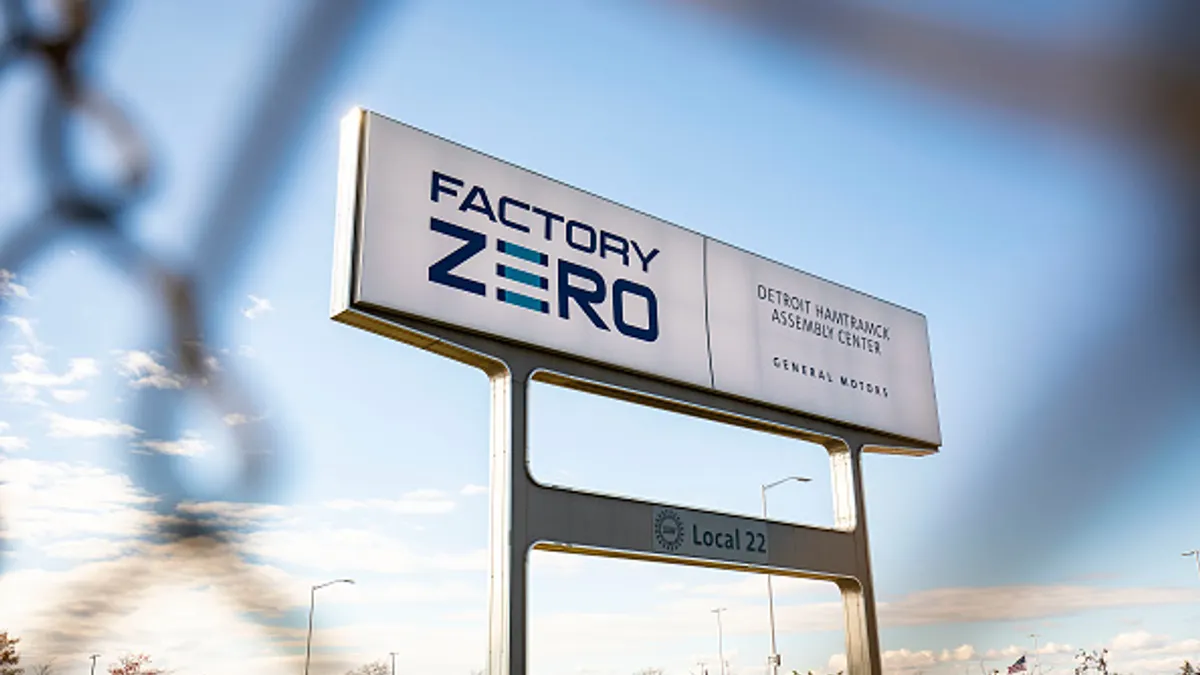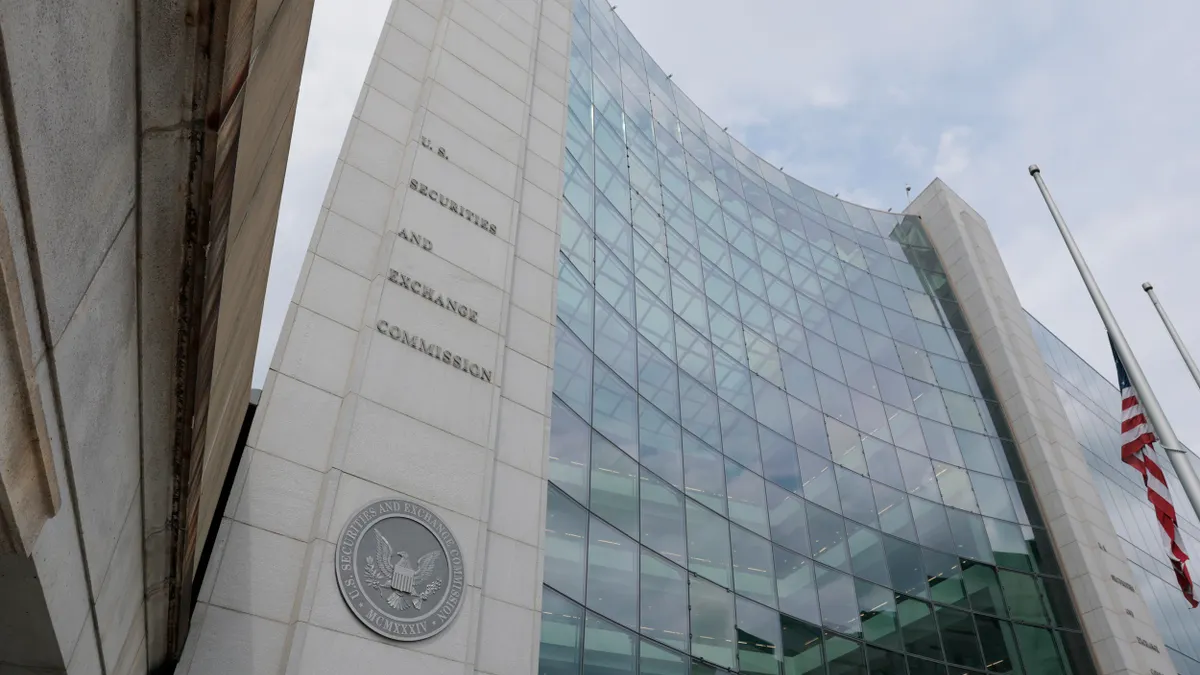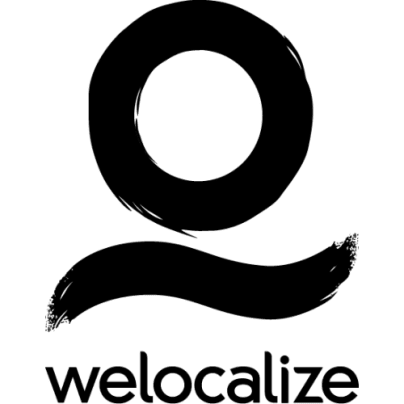With the tumult of 2020 and continued instability driven by the ongoing pandemic and political events in America, HR leaders have had to adapt to make their departments and their companies more agile than ever before. To survive amid constant change, employers must take new approaches to engagement in the new work environment, according to the heads of HR at Chevron and Blue Shield of California.
"We've had quite a complex year just like everyone else in 2020," Rhonda Morris, vice president and CHRO at Chevron, said on a panel hosted by LinkedIn. "And it's starting up pretty much the same way in 2021."
Last year's major events — both the pandemic and the nationwide movement against racial inequality — drove awareness on issues of race and discrimination in America. In the business world, this meant a greater emphasis on diversity and inclusion, and employees expecting more out of their employers.
"We have issued statements externally about what we believe in terms of Black Lives Matter. We've issued statements about our belief in the peaceful transition of power, and that has done nothing but strengthen our culture," Morris said. "It also makes our employees extremely proud."
Morris said she found that engaging with employees meaningfully during the challenges of last year meant getting personal.
"I typically send out a ton of employee messages. In most cases they're about policy changes, new leadership development and training types of things," she said. "What I decided to do in March of last year was just start to write to the workforce about what I was experiencing [...] I have a high school senior who's likely going to graduate from high school in a pandemic [...] I'm concerned about my mother so I write about my mother and how my mother is doing."
"My mother now has a fan club in the company," Morris said. She receives emails with post-scripts asking about her mother and even had one colleague offer to buy her Lysol when she mentioned it was hard to find. "It's allowed us to really kind of build the connective tissue of the company," she said.
Leaders can drive engagement and make social statements in many ways. For Mary O'Hara, senior vice president of internal communications and CHRO at Blue Shield California, she finds that social responsibility is "present in our day-to-day decisions of who we are and where we spend our time, and how we make contributions" such as volunteering in the community.
O'Hara also shared that her company quickly took action to speak out publicly following the events of Jan. 6 at the Capitol in Washington, D.C.
"It's really an organizational commitment for us to stand for what is right and we expect the same commitment from our elected officials," O'Hara said. "We believe that's an imperative that we stand together at this moment for those shared values of our democracy. We've taken a stand both internally and publicly and express that."
Additionally, "Blue Shield's employee-led political action committee has been suspended in terms of all contributions to any of the federal lawmakers who voted against the federal elections results this month."
Internally, O'Hara said equity has been a priority for the company for years, mentioning representation and inclusion goals as well as a "zero pay ratio gap between men and women and minorities in comparable jobs" as well as "eliminating health inequities."
Both O'Hara and Morris agreed that frontline managers play a greater role in their workforce strategies.
"A lot of an employee's experience is directly correlated to the leader they are reporting to so we are putting a very significant investment in strengthening the skill capabilities of leaders within our company," Morris said. "I'm not talking about hundreds of people. I'm talking about thousands of supervisors around the world."
"It's our point of view that it's everybody's responsibility to have the sort of employment experience that we aspire to. It's not HR's job or one person's job. It's everybody's job," O'Hara said.
As for the increased needs around flexibility, that mandate extends beyond an individual's schedule or the need to support a working parent, according to the two panelists.
"I'm not even talking about flexibility with where an individual is working," Morris said. "It's just flexibility about everything. It could even be revisiting a decision you made any point in time, and not sticking with it because the circumstances changed."
Morris said that because of the complexities of Chevron's workforce, which spans the globe and also includes many on-site workers, they have to be mindful of many different circumstances and the changing laws and guidelines in different municipalities. It has forced the company to be in a constant state of iteration with respect to its workforce strategy.
"That's very different for us," Morris said. "We are very, very organized. We normally stick with our plans but we've been forced to really be flexible and quickly adapt based on the circumstances, and communicating [them] as they change."
Part of what informs a flexible strategy is making sure employees are heard throughout the decision process, including afterward.
"We're listening constantly," O'Hara said. "We're making sure that we have two-way feedback loops and we're providing advice and counsel." Having experts on hand focused on behavioral health also helps "to give people the tools they need for resiliency and to give them advice and counsel and tools around maintaining their own mental health first."
Morris added that doing small acts to promote wellness and self-advocacy can go a long way. For example, she stopped sending emails to team members on weekends and they started ending meetings at either 10 minutes before the hour or 15 minutes before the hour so people aren't going from meeting to meeting all day. One of their larger efforts was a virtual summer camp for children which made a return around the holiday season due to its popularity with the kids of parents working at the company.
In order to further drive engagement, O'Hara said working with employees to develop resiliency and the ability to advocate for themselves is critical at this time.
"Candidly, the extent to which the pandemic and this new way of working has affected people up and down the organization has amplified and made it clear that not everybody has the skills to advocate for themselves or knows how to have the kinds of conversations with their leader to express what sort of things that are important to them," she explained.






